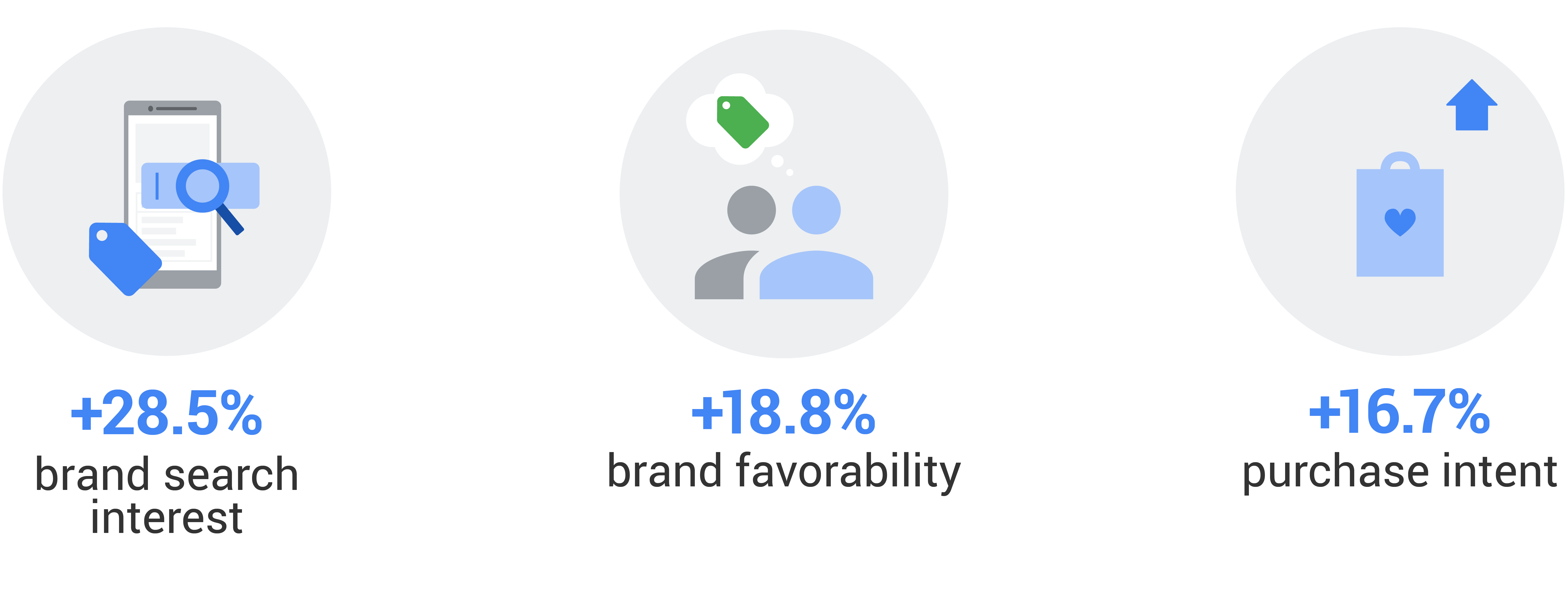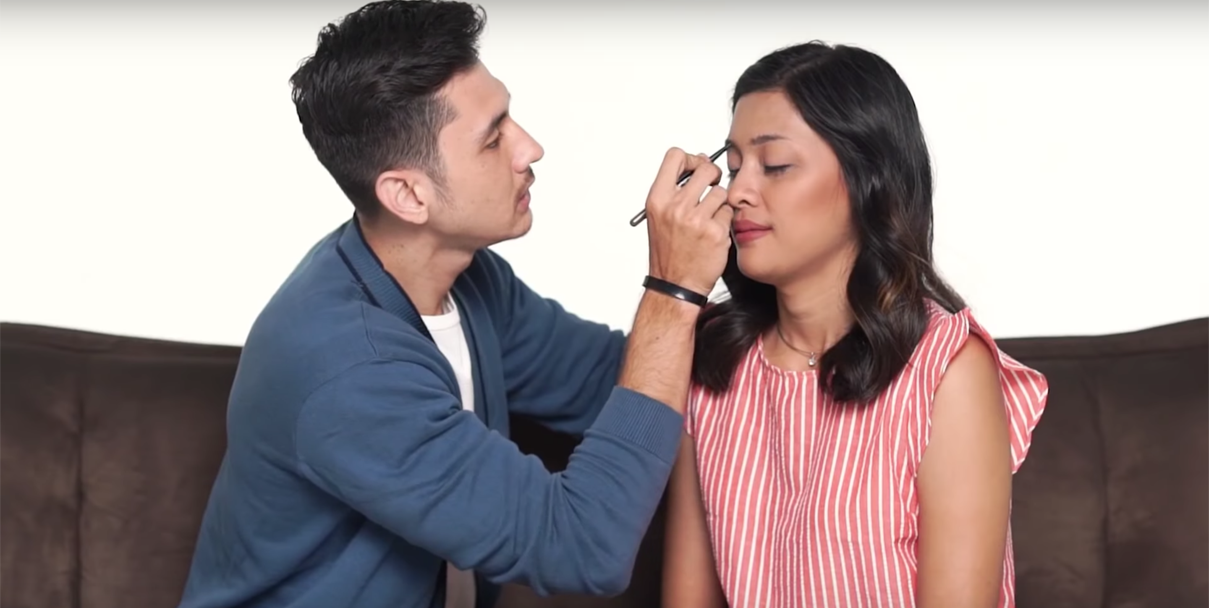Most Indonesian travelers still buy their plane tickets offline, but digital is playing a heavier role in their research and planning. That’s why Tiket.com, a relatively new online ticketing agency (OTA) in Indonesia, created a whole new online travel holiday to engage consumers. Here, Vionita Kinarwan, industry manager at Google, shares how travel brands and marketers can capture new customers on digital.
It’s no easy task for new players to establish themselves in Indonesia’s hyper-competitive travel and tourism space. The country has the world’s third-largest tourism industry. And because Indonesians are used to booking trips offline, it’s particularly challenging for OTAs like Tiket.com to catch consumers’ attention. But considering Indonesia’s online travel ecosystem has grown 20% each year since 2015 (reaching $8.6B in total revenue in 2018), marketers have an opportunity to stand out from the competition by experimenting with digital.
Tiket.com found a way to make a bigger name for itself by establishing a brand-new travel holiday for Indonesians — its own exclusive online travel fair. “We saw an opportunity to secure a larger market share by creating a travel period of our own and came up with our largest campaign yet: Online Tiket Week (OTW)” said Maria Risa Puspitasari, VP of brand marketing at Tiket.com. Although the brand’s marketing mix included TV, Tiket.com primarily used digital to promote OTW, and its new strategy helped it capture a wider audience of interested travelers in a short amount of time.
Below, watch Tiket.com's team explain how they created an exclusive travel holiday by planning digital-first, and then read three takeaways from the brand's strategy to stay atop travelers’ minds:
1. Find new ways to stand out from the competition
Tiket.com recognized an opportunity to capture a growing audience of online shoppers with OTW. Searches for Harbolnas (the country’s biggest online shopping holiday) grew 130% in 2017, and other end-of-year shopping holidays like 10.10 and 11.11 are quickly growing in popularity. To make the most of this seasonal spike in search interest, the brand decided to kick off OTW in late October of 2018 before other travel promotions started flooding the market in December.
When it came to the creative, the brand played off of a viral video of two young girls being surprised by lightning, adding a touch of humor while highlighting the “shockingly” good OTW deals. Video was at the core of Tiket.com’s strategy throughout OTW because YouTube is 89% of Indonesian digital users’ first stop for online video. “We used TrueView for action to drive site traffic and purchases while running a Masthead and bumper ads on YouTube alongside search and display ads to maximize our online reach,” said Maria.
2. Use data and technology to reach your most valuable audiences
To make the most impact during OTW’s promo period, Tiket.com knew it needed to show up for the right audiences. “We wanted to focus on reaching consumers most likely to convert and avoid wasting impressions,” Maria explained. So, rather than serve its video ads to as many people as possible and hope for the best, the brand used YouTube audience solutions to engage Indonesians who’d shown more interest in traveling.
Using custom affinity and in-market audiences, Tiket.com was able to cater to consumer intent to focus its ad spend on reaching travelers most likely to book flights. “We saw a 46% decrease in cost per visitor compared to previous campaigns,” said Maria. The brand also made the most of a smaller budget in its next round of campaigns by applying learnings from the initial blast to YouTube campaigns that promoted flights from smaller cities.
3. Be there at every step of the purchase journey
Travelers’ purchase journeys are dynamic and varied, making multi-screen, multi-touchpoint marketing strategies more important than ever. To show up from the earliest moments when travelers started planning their trips (and even in the days afterward), Tiket.com supplemented its digital blast strategy with an early tease and a follow-up phase.
Tiket.com started putting OTW on consumers’ minds a week before the promotional period by teasing travelers with the deals to come. The brand developed a Masthead and ran bumper ads that reminded travelers to stay tuned for upcoming OTW deals and continued its marketing efforts even after the promotion period. “We followed up the blast with a trail of bumper ads to stay on top of travelers’ minds after OTW ended,” said Maria. The brand also put up physical billboards showcasing customer testimonials to encourage people around town to check out the brand’s website.
OTW sends sales and search interest soaring
Tiket.com’s strategy to establish its own travel fair online was a boon to full-funnel metrics. Brand search interest and favorability increased by 28.5% and 18.8%, respectively, and the brand saw a 16.7% lift in purchase intent.

The brand plans to continue promoting OTW this year to reach even more travelers. “With only 30% of Indonesians making travel purchases online, there are huge opportunities for future growth, and digital campaigns like OTW are going to be crucial for us,” said Mikhael Gaery Undarsa, co-founder and CMO at Tiket.com. Travel brands looking to set themselves apart from competitors can take inspiration from Tiket.com’s bold strategy and discover new ways of helping travelers embark on their next adventure.







